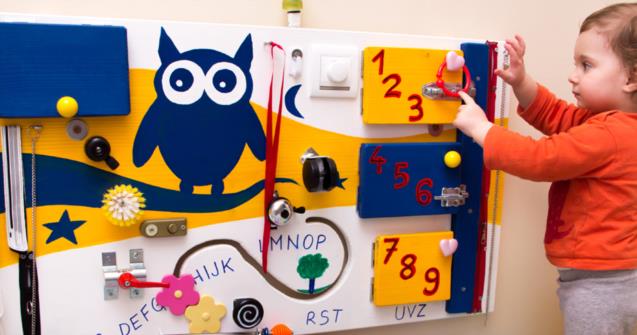
Providing visual aids for children with an autism spectrum disorder
Children who have been diagnosed with an autism spectrum disorder require special care and interventions. They are different from other children and that is why you must adapt the way you interact with them. In this article, I would like to explore how visual aids can represent useful tools for these children.
Visual aids are in fact interesting references for all children. For children with an autism spectrum disorder, many concepts must be made as clear as possible. Their vision remains an important entry point for information. Visual aids can help them plan and organize their actions as well as understand your expectations. When you first begin using visual aids, children will need you to intervene to help them use each visual aid appropriately. Slowly, they will begin to successfully use the visual aids autonomously.
Which tools may be useful?
Pictograms
Pictograms represent excellent sources of visual information. They can be used for many things, for example to identify the contents of storage bins, drawers, or cupboards. With just a glimpse, children will know where they can find different items. Many pictograms are available in the Educatall club.
Illustrated routines
In general, regular and consistent routines are important for children. They are twice as important for children who have been diagnosed with an autism spectrum disorder. These children feel reassured within a stable routine; this reassurance helps them function adequately. It will also help avoid disorganization on their part. Illustrate the main routines you use daily: your complete daily schedule, handwashing, brushing of teeth, getting dressed, lunch and snacks, etc. It may be a good idea to identify the routines that are most challenging for the children you work with. Focus on illustrating these. At first, children will need your support. Point to an illustration, execute the corresponding action, and move on to the next illustration. You will find many illustrated routines in the Educatall club.
Pictures of the children in your group
Photographing the children in your group and printing the pictures can help you create personalized tools. For some children, pictograms are too abstract; they aren’t close enough to reality. Pictures of the children in your group can, for example, help children with an autism spectrum disorder find their personal belongings such as their naptime mattress, their clothing items, their blanket, their cubbyhole, etc. You may even use pictures to identify children’s naptime spots or their chair at the table. The pictures will act as guides. Laminate the pictures you choose to use.
Keep these things in mind:
- Visual aids are important. In fact, they can be essential for children with an autism spectrum disorder.
- Children will need assistance when you first implement a visual aid. Accompany them. Eventually, they will be able to use them independently.
- Target routines that are more challenging and use very specific illustrated routines to help children successfully complete them.
Maude Dubé, Specialized educator

 Home
Home Theme activities
Theme activities
 Babies and toddlers
Babies and toddlers
 Arts and crafts
Arts and crafts
 Science
Science
 Creative recipes
Creative recipes
 Tips and tricks
Tips and tricks
 Special needs
Special needs
 Extra activities
Extra activities
 Educ-TV
Educ-TV
 Newsletter
Newsletter  Online store
Online store Educatall club
Educatall club

